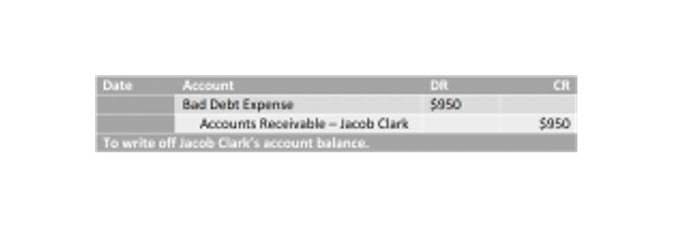Content

Each category consists of several smaller accounts that break down the specifics of a company’s finances. These accounts vary widely by industry, and the same terms can have different implications depending on the nature of the business. But there are a few common components that investors are likely to come across. The balance sheet provides an overview of the state of a company’s finances at a moment in time.
What is the formula for total liabilities?
Total liabilities are calculated by summing all short-term and long-term liabilities, along with any off-balance sheet liabilities that corporations may incur.
A high profit margin indicates a very healthy company, while a low profit margin could suggest that the business does not handle expenses well. The balance sheet equation also makes it possible to see how a company or business is leveraged. By comparing dent to equity, one can ascertain leverage on the balance sheet.
Accounting 101 for Small Businesses
Balance sheets should also be compared with those of other businesses in the same https://kelleysbookkeeping.com/llc-accounting-everything-you-need-to-know/ industry since different industries have unique approaches to financing.

This doesn’t apply to all legal structures for a business; if you are a pass-through tax entity, then all profits or losses will be passed on to owners, and your balance sheet should reflect that. Usually, this money is sales on credit, often from business-to-business (or “B2B”) sales, where your business Accounting Services and Bookkeeping Services Outsourced Expertise has invoiced a customer but has not received payment yet. A cash equivalent is an asset that is liquid and can be converted to cash immediately, like a money market account or a treasury bill. Assets are on one side of the equation, and liabilities plus owner’s equity are on the other side.
What Is a Balance Sheet?
Some companies issue preferred stock, which will be listed separately from common stock under this section. Preferred stock is assigned an arbitrary par value (as is common stock, in some cases) that has no bearing on the market value of the shares. The common stock and preferred stock accounts are calculated by multiplying the par value by the number of shares issued. Retained earnings are the net earnings a company either reinvests in the business or uses to pay off debt. The remaining amount is distributed to shareholders in the form of dividends. A liability is any money that a company owes to outside parties, from bills it has to pay to suppliers to interest on bonds issued to creditors to rent, utilities and salaries.

Harvard Business School Online’s Business Insights Blog provides the career insights you need to achieve your goals and gain confidence in your business skills. That seems like a superficial point, but it impacts their utility significantly. In fact, it’s one of the main reasons you need to use both statements in conjunction to draw meaningful conclusions.